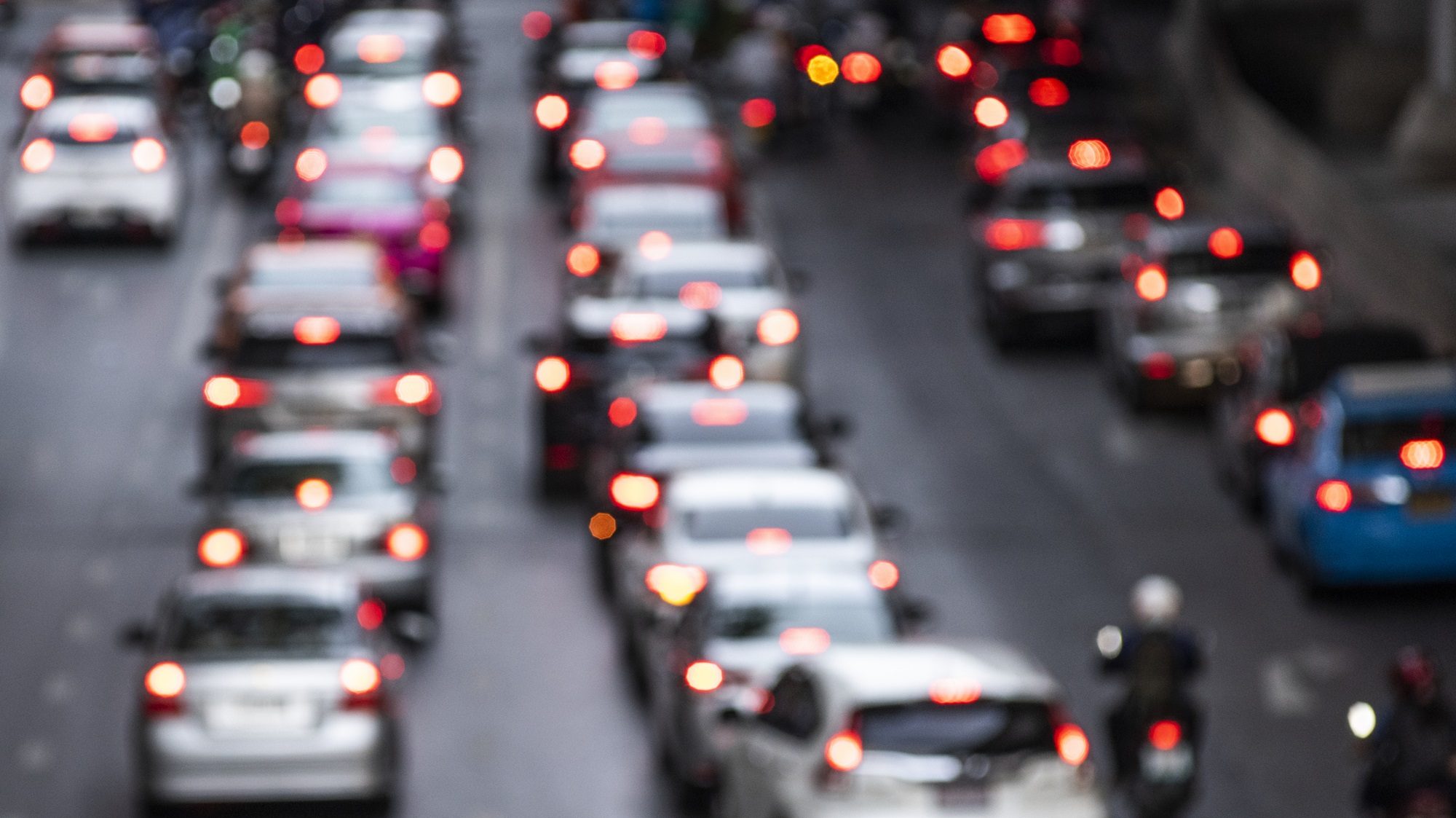SINGAPORE: Singapore’s authorities are working on enhancing their current 3D laser scanning technology to improve the way traffic police investigate accidents. By further developing this technology, the police aim to reconstruct accident scenes more precisely and efficiently, potentially minimizing the duration of road closures and disruptions caused by traffic incidents.
3D laser scanners offer the ability to capture a comprehensive digital model of an accident scene within minutes. This virtual reconstruction provides a 360-degree view of the accident, allowing investigators to explore the scene in minute detail without needing to revisit the site physically. Such capabilities reduce the on-site time required by traffic police and enable a swift return to normal traffic flow.
The 3D models generated by these scanners serve as a powerful investigative tool, enabling authorities to piece together even complex incidents with greater accuracy. This approach contrasts with traditional methods that relied on photographs and hand-drawn sketches, which were more time-consuming and less detailed. Now, with a digital model at hand, investigators can revisit the scene from any angle and at any time, significantly aiding in both initial analysis and follow-up inquiries.
Moreover, these models offer significant support during witness or suspect questioning, as investigators can use the detailed visuals to prompt more accurate recollections of the incident. This added level of precision and visual reference not only bolsters investigative outcomes but also strengthens the evidence presented in court, supporting a smoother judicial process.
Currently, the technology is deployed approximately 70 times annually, providing Singapore’s traffic police with reliable data that enhances their investigative efficiency.

